In today’s article, you will discover the hidden uses of diatomaceous earth, a remarkable and versatile product that will transform your homestead, small farm, or household. If you haven’t yet experienced the wonders of diatomaceous earth, now’s the time to try it.
In essence, diatomaceous earth is a natural substance derived from the fossilized remains of minuscule aquatic organisms called diatoms. These diatoms are more than just relics; they are composed of silica, an abundant compound found in nature, constituting around 59 percent of the earth’s crust. When it’s reduced to a fine powder, diatomaceous earth consists of the cell walls of these single-cell diatoms, making it highly crumbly.
In general, diatomaceous earth is used to get rid of various pests and bugs plaguing the homestead. But, what makes diatomaceous earth so effective in dealing with bothersome bugs that plague your livestock or vegetable garden?
The secret lies in its abrasive nature. When insects with exoskeletons encounter diatomaceous earth, the dusty particles scrape through their protective layers, ultimately leading to their dehydration and demise.
Surprisingly, despite its lethal impact on many insect pests, diatomaceous earth offers substantial benefits when used internally by livestock, poultry, and even humans. With over 150 registered pesticide-related products containing diatomaceous earth for indoor and outdoor use, its utility is undeniable.
Furthermore, there exists a vast array of non-pesticide, food-grade diatomaceous earth products employed in skincare, food additives, and supplements or medications. However, when using diatomaceous earth for applications that involve ingestion by yourself or your animals, exercise caution and always opt for “food grade” products. These can be easily found in farm or hardware stores, as well as online retailers. Prioritize reading and adhering to the instructions provided on the package label for safe and effective usage.
Embrace the power of diatomaceous earth, and unlock a world of possibilities for a healthier, happier homestead and household. Don’t miss out on this incredible natural resource that can transform the way you tackle daily challenges. Here are just a few ways to integrate diatomaceous earth into your homestead, enhancing the quality of life for all.
Uses for diatomaceous earth:
Natural pest control for poultry and livestock
You can use diatomaceous earth to dust the areas where your chickens live: To keep your chickens free from mites, lice, and other pests, consider sprinkling diatomaceous earth in the areas where they take their dust baths. The sharp silica particles in the diatomaceous earth act as a natural remedy by cutting into the exoskeletons of many nuisance insects. Since chickens naturally take daily dust baths, integrating a little diatomaceous earth into their regular bathing routine will enhance their protection.
Use it in the hen nest boxes: If you keep hens, you know by now that bugs tend to gather in hen nest boxes, causing discomfort to the hens and potentially reducing egg production. By sprinkling diatomaceous earth over the nesting material, such as straw or wood chips, and gently mixing it, you can rid the boxes of mites and pests. This preventive measure will deter infestations and lead to more content and productive hens.
Use it in the chicken coops: After cleaning your chicken coop, it’s recommended to apply a layer of diatomaceous earth on the floor. Doing so effectively keeps mites, lice, and other common pests at bay. Additionally, diatomaceous earth acts as an absorbent, reducing bedding moisture and creating a healthier environment for your hens. Furthermore, it helps control odors, which can become troublesome during hot summer months.
Use it on your livestock bedding areas: Extend the benefits of diatomaceous earth to your hooved livestock by applying it in their bedding areas. Fleas, mites, and other pests can negatively impact your animals, but with diatomaceous earth, you can significantly reduce their suffering. For faster results, you can even sprinkle a bit of diatomaceous earth on their backs. This method works well for goats, cattle, and horses in addition to sheep.
It helps protect livestock feed
Protect your livestock’s feed from insect pests by mixing diatomaceous earth with their food. Diatomaceous earth acts as a natural deterrent, ensuring that no pests contaminate the feed or make it inedible for your animals. Not only does it improve the flowability and mixability of the feed, but it also absorbs any moisture that might enter the feed storage, preventing spoilage and mold growth.
Diatomaceous earth protects your livestock from internal parasites
Diatomaceous earth’s effectiveness extends to internal parasites as well. To help control worms and other internal parasites in your chickens, sheep, goats, or cattle, sprinkle a little diatomaceous earth into their feed. If you decide to follow this practice, always ensure that the diatomaceous earth used for internal applications is labeled as “food grade” for safety and efficacy.
Keeps the feed storage area clean
Feed-storage areas are notorious for attracting unwanted pests like roaches, leading to troublesome infestations that are challenging to eliminate. Thankfully, diatomaceous earth offers an effective solution. Simply sprinkle diatomaceous earth around storage bins, feed sacks, or any containers used to store the feed.
Roaches are no match for the deadly properties of diatomaceous earth. By applying it in the feed-storage area, you can swiftly clear out pesky bugs that might have invaded the space. Whether it’s scratch or laying pellets, a little diatomaceous earth sprinkled around will do the trick, keeping the area bug-free and preserving the integrity of your stored feed.
Don’t forget about the barn roaches
Much like its effectiveness in eradicating roaches and other pesky bugs in feed-storage areas, diatomaceous earth proves to be equally valuable in your barn, regardless of its purpose. Harness its power by sprinkling it around bedding, feed sacks, hay bales, and any other items that usually attract insects. Pay special attention to wet areas, dark corners, and the bases of walls for optimal results in pest control.
diatomaceous earth’s natural properties make it a formidable weapon against pests, ensuring a bug-free environment for your barn. Its application will help safeguard your livestock, feed, and stored items, promoting a healthier and more hygienic space for your animals. Embrace diatomaceous earth to maintain a clean and pest-free barn environment, benefitting both your animals and your operations.
Controlling flies on the homestead
Diatomaceous earth possesses the power to work its lethal magic on the ever-annoying flies, that we all despise, whenever they come into contact with it. Interestingly, some environmentally conscious farmers and homesteaders hold the belief that flies tend to steer clear of areas where diatomaceous earth is applied, making the need for direct killing unnecessary.
To keep flies at bay, many farmers and homesteaders resort to sprinkling diatomaceous earth in damp regions or areas with abundant manure, such as sheep night pens or chicken runs. This strategic use of diatomaceous earth helps create an environment that naturally deters flies from congregating, providing an effective and environmentally-friendly approach to fly control.
Use it for your potted plants
Diatomaceous earth proves to be a valuable ally in safeguarding your potted plants from unwanted insect pests while offering an additional benefit for their overall health. The porous nature of diatomaceous earth aids in moisture retention and nutrient preservation in the soil, while also promoting excellent drainage.
To reap these advantages, simply mix a handful of diatomaceous earth with the soil before planting your potted plants. As a further preventive measure, a light sprinkling of diatomaceous earth on the foliage after planting will address two potential issues simultaneously. With diatomaceous earth on your side, your potted plants can flourish, free from pests and with enhanced soil quality.
Protects the vegetable garden
Diatomaceous earth emerges as a stellar non-toxic alternative to safeguard tomatoes, squash, and other vegetables from harmful pests. When you prefer to avoid toxic pesticides around your edibles, it comes to the rescue. By dusting diatomaceous earth in your garden, you can effectively eliminate common pests like aphids, ants, earwigs, slugs, and many others, preserving your valuable crops in the process. Additionally, it proves useful in tackling unwanted pests in your flower garden.
However, a word of caution: diatomaceous earth can be harmful to bees, so it’s best to avoid using it directly on flowers, stems, or leaves if bees are present. To ensure their safety, apply it early in the morning or in the evening when bees are less active. Since bees primarily stay airborne, applying diatomaceous earth on the ground is generally safe and won’t pose a risk to these essential pollinators.
Using to clean spilled liquids
Diatomaceous earth’s remarkable absorbent properties make it an excellent choice for cleaning up a wide range of messes, particularly those involving liquids. When dealing with spills like leaked hydraulic fluid, motor oil, or any other wet mess, simply sprinkle diatomaceous earth over the affected area, and watch as it works its magic. The porous nature of diatomaceous earth ensures that it quickly absorbs and locks in most of the liquid, leaving you with a cleaner surface.
In addition to its use for cleaning spills, diatomaceous earth’s absorbent quality makes it a popular component in various products, including cat litter. Its ability to absorb moisture and odors effectively makes it an ideal choice for keeping cat litter boxes clean and fresh.
So, whether it’s dealing with unexpected leaks or maintaining a tidy litter box for your feline companion, diatomaceous earth proves to be a versatile and highly effective solution. Its natural absorbent nature is truly a game-changer when it comes to cleaning and managing various types of messes.
Use it to get rid of rodents
Diatomaceous earth can be a useful tool for rodent control, offering a non-toxic approach to manage these pesky pests. While diatomaceous earth itself is not poisonous to rats and mice, an effective way to enhance its repellent properties is by incorporating the pleasant scents of peppermint and lemon essential oils. Rodents are known to dislike these aromas, making them less likely to linger in treated areas.
To create a rodent-repelling mixture, combine approximately a cup of diatomaceous earth with 1/8 cup of water and add a few drops of peppermint and lemon essential oils. Once the mixture is ready, strategically place it in areas where rodent activity has been observed.
This combination of diatomaceous earth and essential oils has garnered praise from many users who claim that rodents are driven away within hours of its application. This humane and eco-friendly method offers a compelling alternative to conventional rodent control approaches, ensuring a more harmonious coexistence with these unwanted intruders.
Use it to get rid of bedbugs
The persistent presence of bedbugs has become a vexing problem for many individuals, making their eradication a challenging endeavor. However, diatomaceous earth proves to be a lethal weapon against these pesky pests, offering a non-toxic solution that is safe for both children and pets. Diatomaceous earth’s efficacy in bedbug control lies in its unique property—silicas like diatomaceous earth create an electrostatic charge that allows them to adhere to insects that come into contact with it. This safe and natural mechanism has been utilized for over 50 years to effectively combat small insect infestations.
Can it be used as a detoxifying agent?
Diatomaceous earth has gained popularity as a detoxifying agent, with many people incorporating it into their wellness routines. To use it for detoxification, it is common practice to take approximately one teaspoon of food-grade diatomaceous earth mixed in a glass of water daily for about a week. During this period, it acts as a natural gut cleanser, attracting harmful toxins and impurities and facilitating their elimination from the body. This cleansing action contributes to maintaining optimal gut health and promoting overall well-being.
The process of detoxification with diatomaceous earth is non-invasive and gentle on the body, making it a preferred choice for those seeking a natural and effective detox method. As it does not get absorbed into the bloodstream, it remains confined to the gastrointestinal tract during its passage through the body.
It’s essential to note that while some individuals have reported positive effects from using diatomaceous earth as a detoxifying agent, individual experiences may vary. As with any health-related practice, it’s recommended to check with a healthcare professional before trying any detoxification diet, especially if you have underlying health conditions or are taking medications.
Teeth Whitening
For those seeking a natural approach to teeth whitening, diatomaceous earth can serve as a mild abrasive option. In some commercial toothpaste formulations, diatomaceous earth is used as a gentle scrubbing agent to help remove stains from teeth.
For DIY enthusiasts who prefer making their own toothpaste, adding a small amount of diatomaceous earth to a baking soda-based recipe can enhance its scrubbing capabilities, potentially leading to a brighter smile.
It’s important to ensure that the diatomaceous earth used for teeth whitening is food-grade and of high quality. As with any teeth whitening method, moderation is key, as excessive use of abrasives could damage tooth enamel. If you have sensitive teeth or existing dental issues, it’s advisable to consult with a dentist before incorporating diatomaceous earth into your dental care routine.
Concluding
As you’ve seen in this article, diatomaceous earth emerges as a versatile and valuable natural resource with a wide range of applications. From pest control in gardens and barns to safeguarding stored feed and promoting plant health, diatomaceous earth proves to be a powerful ally in maintaining a thriving homestead or household.
Its non-toxic nature makes it an attractive alternative to chemical pesticides, providing effective solutions for dealing with unwanted pests without posing harm to children, pets, or beneficial insects like bees.


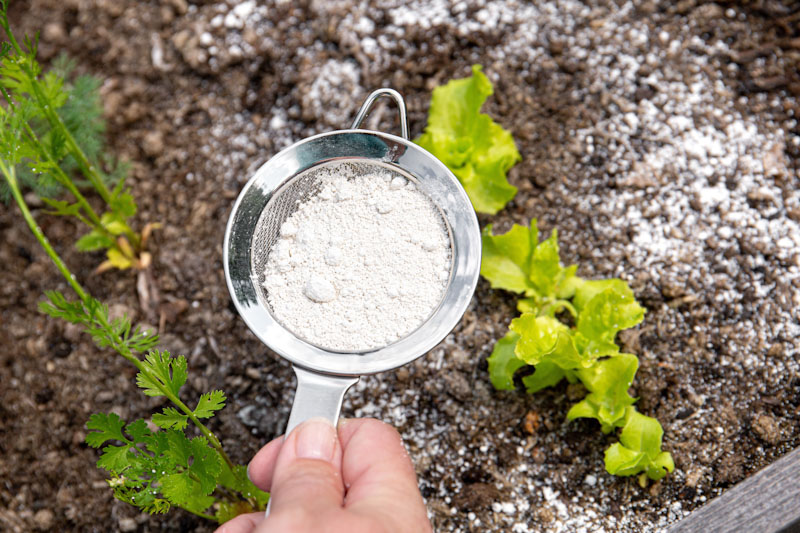



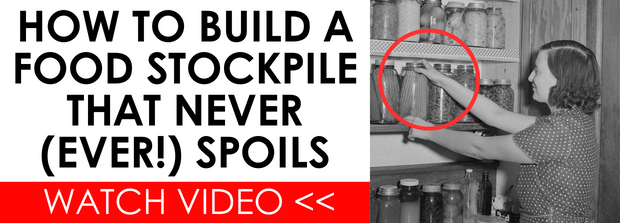
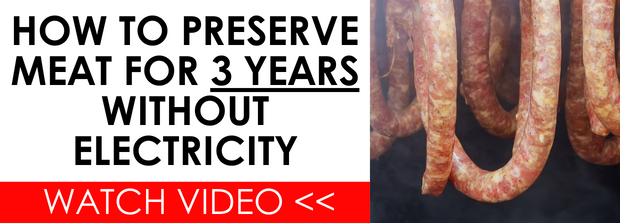

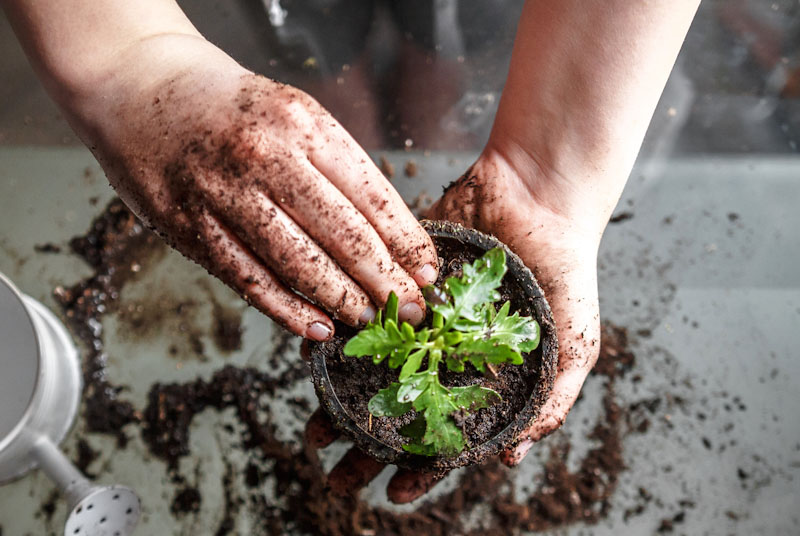
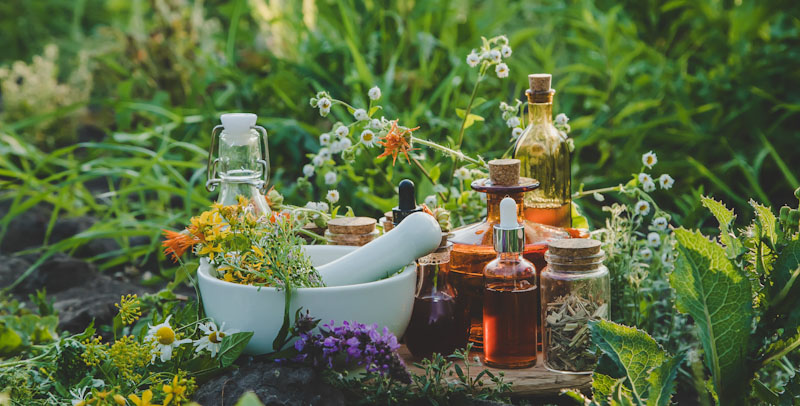
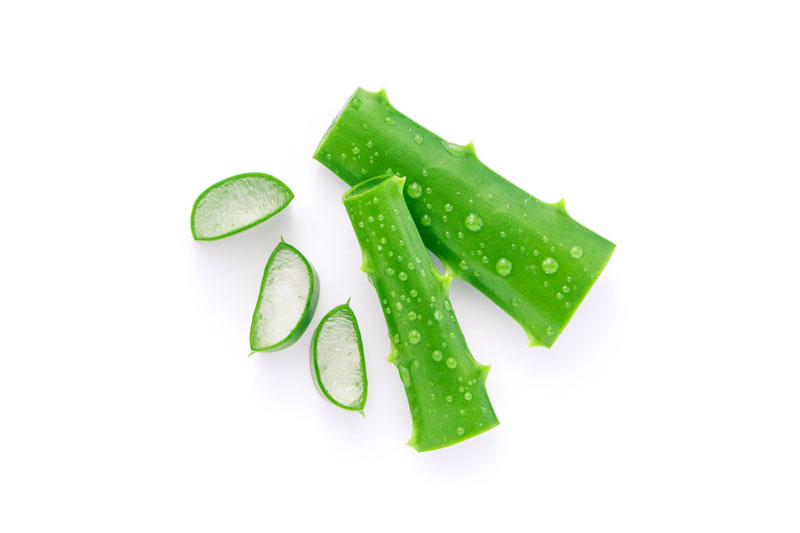
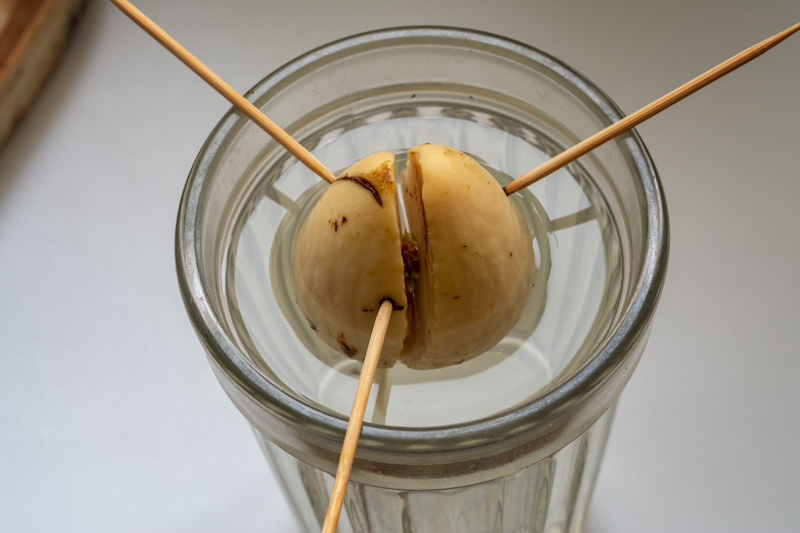


Jake | September 28, 2023
|
While I’ve heard a lot of people rave about diatomaceous earth, I’m a bit skeptical. This article makes it seem like a miracle cure-all for the homestead, but it’s essential to remember that it doesn’t differentiate between beneficial insects and pests. I’ve found that using it excessively can harm helpful garden allies like ladybugs and earthworms. It’s always essential to use such products judiciously and be aware of the broader ecosystem.
Andy | September 28, 2023
|
I don’t agree with you, Jake! This earth has been a game-changer for our homestead! We’ve used it to combat pests in the garden and to rid our animals of parasites. The article does an excellent job breaking down its many uses and the correct way to apply it. It’s an all-natural solution that’s affordable and effective. I can’t imagine not having this on hand now.
HW | October 7, 2023
|
I use DE a lot – it’s been a particularly huge help esp dealing with fire ants that insist on invading my house, any cracks they sneak in through get blocked with a dressing of DE, it works into the crevice & stops them cold. But I would never use DE in my cat’s liter box, Breathing that dust is not good for any animal’s lungs.